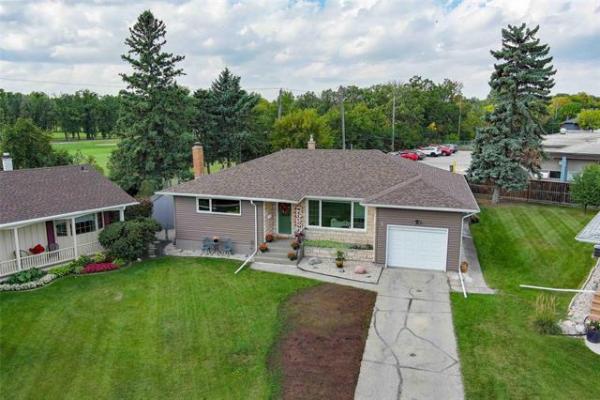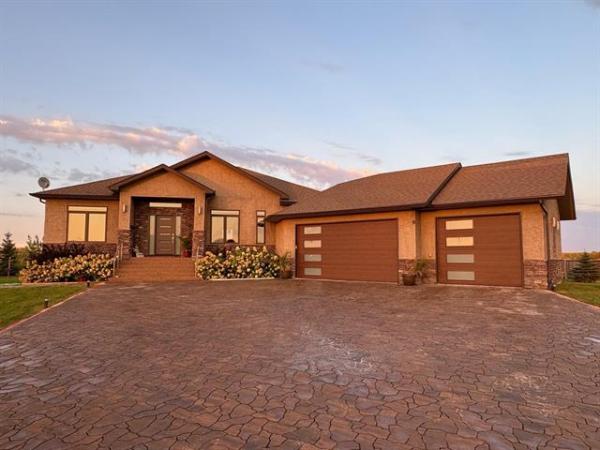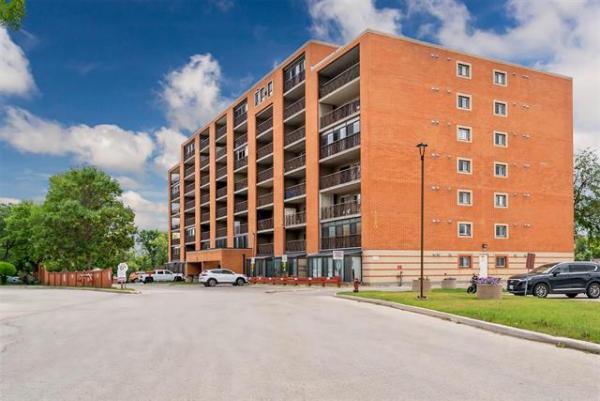QUESTIONS: I read your column all the time, thanks for writing it.
Is it worth the extra cost to purchase triple-pane windows rather than double-pane windows? I am assuming that triple-pane windows would only add additional insulation value? I am asking this question on behalf of both my neighbour and I.
-- Darlene Frederickson, email
I am in the process of hiring a window company to purchase and install their windows.
My question to you is; what are all the options when it comes to looking at the space in between windows? Should they be air filled or argon filled? What are the differences between all the options? I looked at many sites and have contacted Manitoba Hydro and cannot determine what the best option for my home is.
-- Terri Bercier, email
ANSWER: Both of your questions pertain to a common question that homeowners face when embarking on one of the most frequent of renovations, window replacement. I would have thought there would be mountains of information on these subjects available to consumers, but your questions point out the difficulty in wading through all of it to get the straight goods. Hopefully, I can cut to the chase and provide you with simple answers.
The first question often asked of window salespeople and others involved with home renovation and construction is the benefits of triple-pane windows over dual pane. It has long been known and demonstrated the space between the sealed panes of glass in a modern window provides the true thermal benefits of a "sealed unit" style of window. It has also been known that if you add a second space, by adding a third pane to the sealed unit, the thermal protection is increased. There is no doubt this is true, but it does not tell the whole story when addressing window upgrades.
In recent years, much research has been devoted to heat and air loss in buildings and its relationship to energy conservation. While it is simple to increase the efficiency and thermal performance of the walls and attics of homes by adding greater thickness of insulation, there is one area of the building envelope that is still a challenge -- the doors and windows. Despite clever marketing programs about "powered" windows with high R-values, these areas will never be able to match the thermal protection of the surrounding walls in a properly insulated and air-sealed modern home. Research has also shown that while thermal insulation is important to achieve energy conservation, air loss is just as important. Stopping air leakage at windows and doors is more effective than adding several more layers of glass to the sealed unit part of the window assembly.
Because of this newer trend of preventing air loss by installing well sealed air/vapour barriers, acoustical sealants, and other less air permeable products, there has been less focus on the benefits of triple-pane windows versus dual pane. The focus has correctly been on improving the way the windows seal when closed, better window frames and providing proper insulation and air vapour seals around the windows. These components are much more important for energy conservation in a window than the glass itself. Having said that, unfortunately at the risk of muddying the waters even more, the glazing of the windows should also be taken into account to improve performance of new windows, but as a secondary concern to the issues already noted.
Triple-pane window performance is definitely superior to dual pane on conventional air-filled, uncoated sealed units. However, the additional costs may outweigh the benefits on older homes with poorly insulated exterior walls and large gaps between the framing and the windows. In these homes, the performance of newly installed dual-pane windows in stopping air loss will be such a vast improvement over old wooden or aluminum sliders that an additional pane of glass may be overkill. On newer homes, with better insulation and air/vapour barriers in the walls, upgrading to triple-pane windows may make a considerable difference in reducing condensation on the windows than they would in an older home with more air leakage.
The second question about installation of argon between the panes of glass is an important one that should also be addressed with the possibility of adding a low-E window coating, as well. Both of these features add significant performance to windows, but not by directly adding R-value, as some advertising claims. Inert gasses like argon are commonly pumped in between the panes of glass in a sealed unit to improve performance by changing the angle of refraction of light waves passing through the glass. This refraction slows down the rate of heat loss from the interior while preventing some of the warming of the interior of the building caused by sunlight. Low-E coatings further reduce these factors by reflecting back a portion of this energy and not allowing it to pass through the clear glass.
To answer both of your questions directly, both Low-E coatings and argon gas are very cost-effective additions to windows in relation to performance. This is largely due to the wide use of both, which allows manufacturers to offer these at very modest upcharges to untreated glass units. If these upgrades are offered for minimal extra cost, go for it, but if the manufacturer wants big money, look for an alternative company. Unfortunately, adding a third pane to the sealed unit normally adds significant extra cost, and may not be cost-effective for many older homes. Your budget will determine whether an upgrade to triple-pane windows is affordable. Keep in mind that proper air sealing of the window and frame will do more to improve the performance and comfort of your new windows than additional panes of glass in the sealed unit.
Ari Marantz is the owner of Trained Eye Home Inspection Ltd. and the President of the Canadian Association of Home & Property Inspectors -- Manitoba (www.cahpi.mb.ca). Questions can be emailed or sent to: Ask The Inspector, P. O. Box 69021, #110-2025 Corydon Ave., Winnipeg, MB. R3P 2G9. Ari can be reached at (204) 291-5358 or check out his website at www.trainedeye.ca.
trainedeye@iname.com



